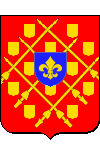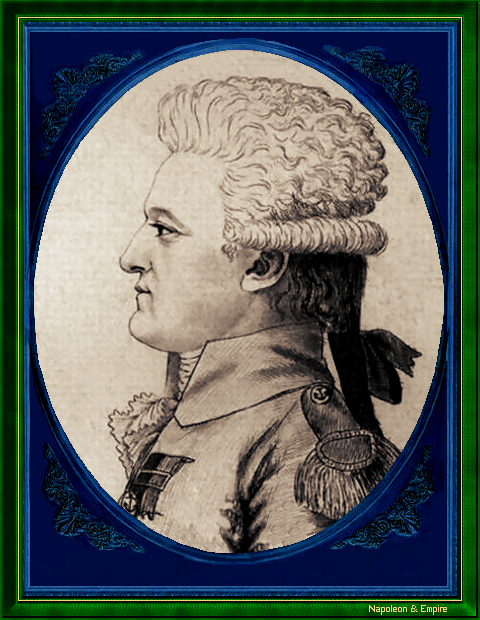Pierre-Charles de Villeneuve
Vice-admiral
Pronunciation:

Pierre-Charles de Villeneuve was born in Valensole on December 31, 1763. At the age of fifteen, he joined the royal navy and fought in the American Revolutionary War.
Ensign in 1781, lieutenant in 1786, he was appointed captain in February 1793, before being dismissed because of his noble origins, then reinstated in May 1795. A year and a half later, in September 1796, he was promoted to rear-admiral.
In this capacity, he took part in the Egyptian expedition, and stood out at the battle of the Nile (August 1, 1798) for his lack of initiative. Commanding the rearguard of the French fleet, he allowed it to be crushed and fled to Malta with two ships of the line and two frigates. To his credit, these were the only ships to emerge from the battle intact.
The fall of Malta to the English (September 1800) led to his first captivity. On his return, the First Consul Napoleon Bonaparte entrusted him with the fleet based at Taranto (April 1801), then with the Rochefort squadron (1803). Villeneuve was finally promoted to vice-admiral in May 1804, with command of the Toulon fleet.
Bonaparte's mission for Villeneuve was nothing less than to enable the flotilla assembled at Boulogne to land in England. To achieve this, Villeneuve was tasked with luring the English fleet to the West Indies and then, by overtaking it, returning to unblock Brest and take control of the English Channel. While the plan's conception was remarkable, its implementation was out of reach for the French navy, whose ships, crews and command were not of sufficient quality to ensure its success. Despite his misgivings, the timid Villeneuve managed to get out of Toulon, set sail for the West Indies, where he gained a few advantages in Martinique waters, then returned to Europe, running into the English off Cape Finisterre on July 22, 1805, and allowing himself to be captured by them in Cadiz on August 18. Napoleon was furious, castigating his admiral's infamous conduct and calling him a coward.
Summoned by the Emperor to go to Taranto, and fearing that he would be relieved of his duties, Villeneuve compounded his clumsiness by leaving his refuge without any real need: the invasion of England was no longer on the agenda. The following day, October 21, 1805, he confronted Horatio Nelson off Trafalgar. Adopting the worst possible battle strategy, Villeneuve defeated and caused destruction of the Franco-Spanish fleet: 4,000 sailors died and seventeen ships were lost.
Prisoner of the English for the second time, Villeneuve was paroled six months after the battle, but on arriving in Rennes on April 22, 1806, he committed suicide in his hotel room, by stabbing himself six times in the heart.
Pierre-Charles de Villeneuve. Vintage engraving.

Although he was a courageous and scrupulous officer, Villeneuve, paralyzed by excessive caution, hesitant and indecisive, was not equal to the responsibilities entrusted to him. The Emperor, who chose him, must therefore take his fair share of his defeats.
Villeneuve's name is inscribed on the 13th column (east pillar) of the Arc de Triomphe de l'Étoile.
List of naval battles of the French Revolution, Consulate and Empire